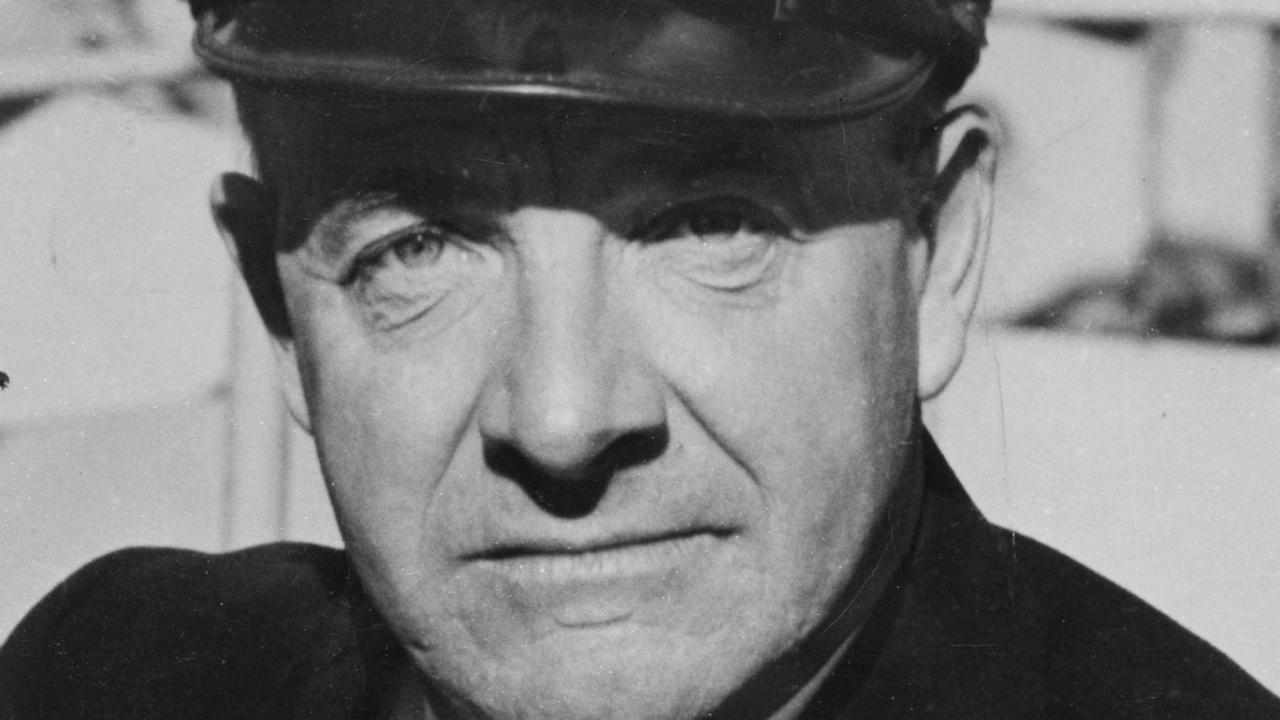Australian Women’s Army Service paved the way for women to join the armed forces
ONE night in June 1940 about 10,000 women attended a meeting at Sydney Town Hall. It led to the formation a year later of the Australian Women’s Army Service which paved the way for women to join the armed forces.

Today in History
Don't miss out on the headlines from Today in History. Followed categories will be added to My News.
ON a cold, wet night in June 1940 around 10,000 women braved the weather to attend a public meeting at Sydney Town Hall. It was called to discuss allowing women to contribute to the war effort as official members of the military.
Lady Margaret Wakehurst, wife of Baron Wakehurst the Governor of NSW, gave a speech saying: “Every woman has come here tonight with just one steadfast purpose in her heart; how she can best serve her country”.
Her speech, and the huge attendance at the meeting, was a crucial moment leading to the formation a year later of the Australian Women’s Army Service (AWAS). Formed 75 years ago tomorrow, the AWAS played a vital role in the war effort and paved the way for women to join the armed forces after World War II.
After war was declared in September 1939, Australian men volunteered for military service, while women were urged to contribute at home or fill jobs left vacant by the men going to war. But many wanted to do more. Before the war, Britain had formed several women’s auxiliary military forces. By the time war was declared there were already 20,000 British women trained and ready to serve.




Denied any official role, Australian women joined existing voluntary forces or formed new ones. Among the newly formed civilian forces was the Women’s Emergency Signalling Corps (WESC), formed in 1939 by Florence Violet McKenzie, which trained women in telegraph and signals. McKenzie had been inspired by the Australian Women’s Flying Club, formed in 1938 by pioneer aviatrix Nancy Bird-Walton who gave women a level of training that would “make the corps a valuable asset to Australia”.
While many politicians disagreed that women trained in military skills would be of use to the war effort — arguing that it was not a woman’s “normal role” — women continued to join voluntary organisations. Lady Wakehurst was one of many prominent women who tried to force the issue by conducting public meetings. Following the huge turnout at Sydney in June 1940, a centre for Women’s Australian National Service (WANS) was opened in July 1940 and 4431 members immediately signed up.


Their cause found strong support from Prime Minister Robert Menzies who visited Britain early in 1941 and saw the important work that women were doing there. In March 1941 a Women’s Auxiliary Australian Air Force was formed, but the army still lacked female auxiliaries. Persistent lobbying and invitations for politicians to come and see WANS training convinced Percy Spender, Minister for the Army, who said in July 1941 that “in time of war, women’s services should be used to the greatest extent possible”.
Spender’s comments resulted in a flood of phone calls from women wanting to know more. But there were still details to be sorted. The War Cabinet asked the military to recommend jobs that women could perform and they suggested they could be drivers, postal workers, switchboard operators and fill roles in canteens and on training bases. The army was adamant that women should not be trained to shoot, but many of them had already acquired that skill.


Finally on August 13, 1941, the government created the AWAS. Many of the first recruits were from WANS, who were already trained in useful skills and quickly took on roles as telegraph operators, typists, telephonists, cooks, signallers, canteen workers and clerks.
The government invited Sybil Howy Irving to head the AWAS. She had been a nurse in WWI and was serving with the Voluntary Aid Detachment (a medical auxiliary service). She held that post up until 1946.
Although initially prevented from serving overseas, in 1944 permission was given for some AWAS members to serve in New Guinea. A total of 385 would see service there.
By the time the AWAS was disbanded in 1947, 24,026 women had served in its ranks. These women had pioneered the role of women in the armed forces. When more people were needed during the Korean War, a new Women’s Royal Australian Army Corps (WRAAC) was formed that remained in existence until 1985, by which time the process of integrating women into the regular armed forces was completed.
Acknowledgement to You’ll Be Sorry: How World War II Changed Women’s Lives by Ann Howard (Big Sky Publishing)
Originally published as Australian Women’s Army Service paved the way for women to join the armed forces


